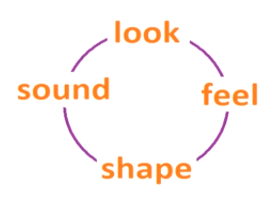
| • Scales • The Number System • Finger Exercises (e.g.: Hanon) • Intervals • Rhythm |
• Triads • Extended Chords • Inversions • Primary vs. Secondary • Voicings |
• Diatonic Chords • Circle of Fifths • Stepwise Motion • Advanced Progressions • Transposing To All Keys |
• Find The Key • Determine The Melody • Determine The Bass Pattern • Determine The Chords • Determine Nuances (e.g.: Passing Chords) |
• Basic Ear-Training (e.g.: Software) • Pattern Recognition • Circle of Fifth Substitutions • Chordal Variations / Enhancements • Experimentation |